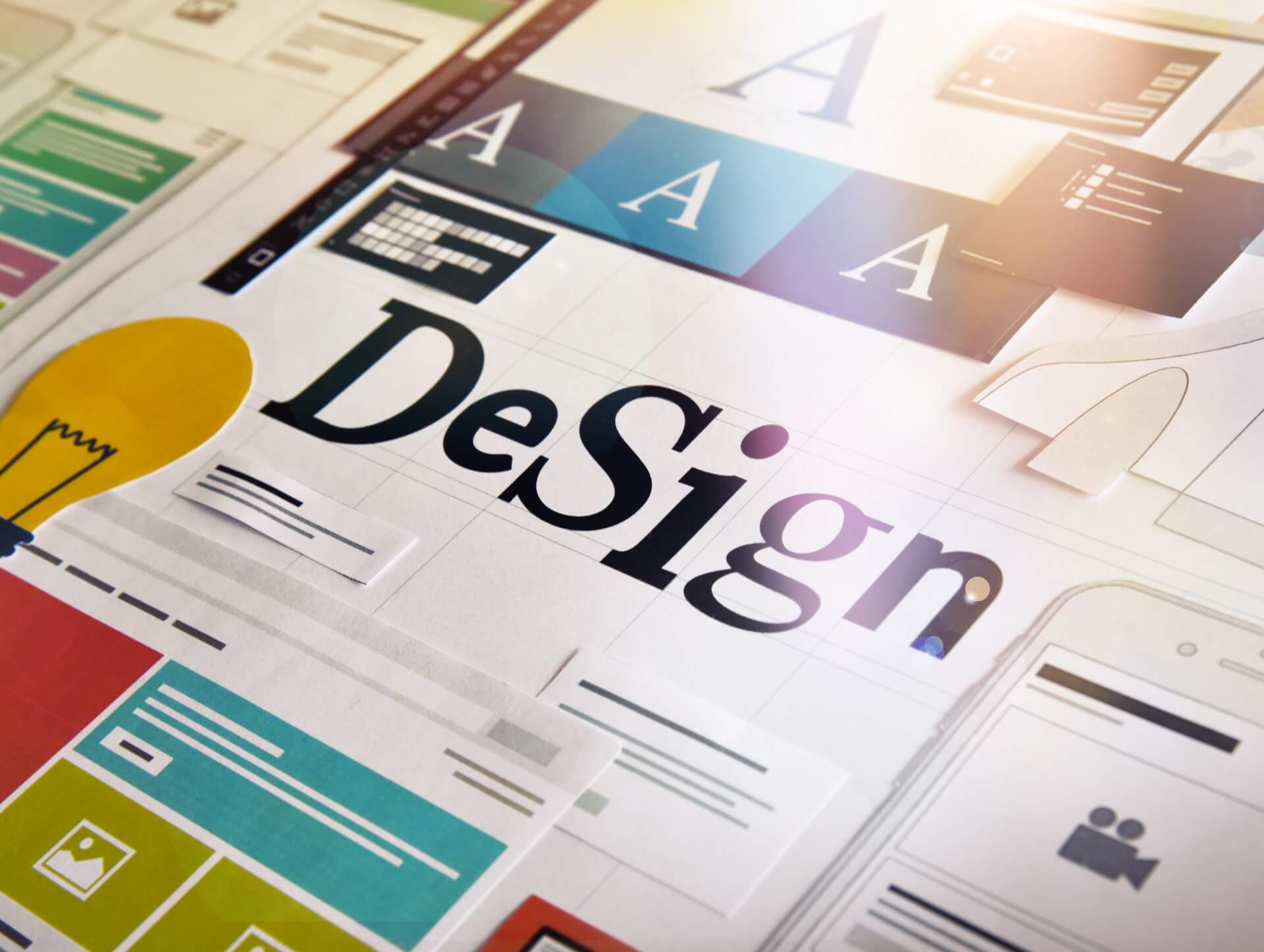The challenges of virtual design collaboration

06/09/2023
Virtual design collaboration has become increasingly common in today's digital age. With advancements in technology and communication tools, it is now easier than ever for designers to work together remotely. However, this new way of collaborating also comes with its own set of challenges. In this article, we will explore some of the main challenges faced during virtual design collaboration and discuss strategies to overcome them.
1. Communication and Misinterpretation
One of the biggest challenges in virtual design collaboration is communication. When working remotely, it can be difficult to convey ideas and feedback effectively. Misinterpretation of instructions or design concepts can lead to delays and misunderstandings.
To overcome this challenge, it is important to establish clear communication channels and guidelines from the beginning. Regular video calls or virtual meetings can help to clarify any doubts or questions. Written documentation, such as project briefs and design specifications, can also help to provide clear instructions and expectations.
Additionally, using visual aids such as sketches or wireframes can help to illustrate design concepts more clearly. Providing visual references and examples can reduce the chances of misinterpretation and ensure that everyone is on the same page.
2. Time Zone Differences
Another challenge in virtual design collaboration is dealing with time zone differences. When working with a team located in different parts of the world, scheduling meetings and coordinating tasks can become a logistical nightmare.
To address this challenge, it is important to establish a clear schedule and set expectations regarding availability and response times. It may be necessary to adjust working hours or create overlapping time slots for collaboration. Utilizing project management tools and communication platforms that allow for asynchronous communication can also help to bridge the gap and ensure that everyone is in sync.
3. Lack of Visual and Physical Presence
One of the downsides of virtual design collaboration is the lack of visual and physical presence. Designers are unable to see each other's body language or work environment, which can hinder effective collaboration and understanding.
To overcome this challenge, it is important to foster a sense of connection and trust within the team. Regular video calls or virtual meetings can help to establish a more personal connection and allow for visual cues. Sharing photos or videos of workspaces can also help to create a sense of familiarity and understanding.
Additionally, using collaboration tools that allow for real-time annotation and feedback can help to bridge the gap between virtual and physical presence. Tools such as screen sharing, digital whiteboards, and interactive prototypes can facilitate more interactive and engaging collaboration.
4. File Management and Version Control
When collaborating virtually, managing files and ensuring version control can be a challenge. Designers often work on multiple files and iterations, and keeping track of changes and updates can become confusing and time-consuming.
To address this challenge, it is important to establish a clear file management system from the beginning. Utilizing cloud-based storage and collaboration platforms can help to centralize files and ensure that everyone has access to the latest versions. Implementing naming conventions and version control practices can also help to avoid confusion and maintain organization.
Regular backups and periodic file audits can further help to ensure data integrity and minimize the risk of losing important files. It is also important to establish clear roles and responsibilities regarding file management and version control within the team.
Conclusion
Virtual design collaboration presents both opportunities and challenges. By addressing communication issues, time zone differences, lack of visual and physical presence, and file management challenges, designers can overcome these obstacles and create successful virtual design collaborations.
By utilizing the right tools and establishing clear guidelines and expectations, virtual design collaboration can be just as effective and efficient as in-person collaboration. With proper planning and communication, designers can leverage the benefits of virtual collaboration to create outstanding design solutions and strengthen their creative partnerships.
Contact us

Spanning 8 cities worldwide and with partners in 100 more, we’re your local yet global agency.
Fancy a coffee, virtual or physical? It’s on us – let’s connect!

